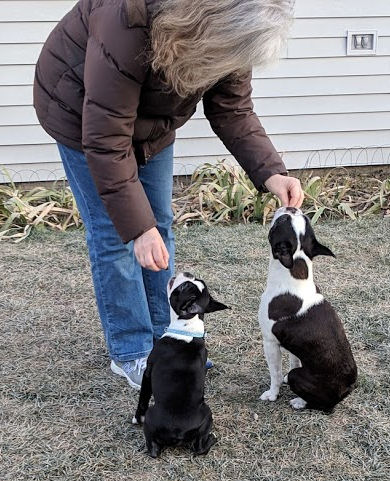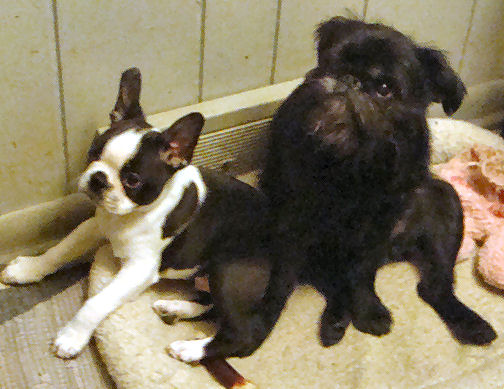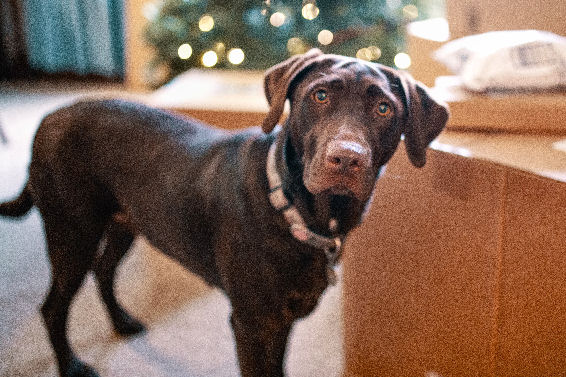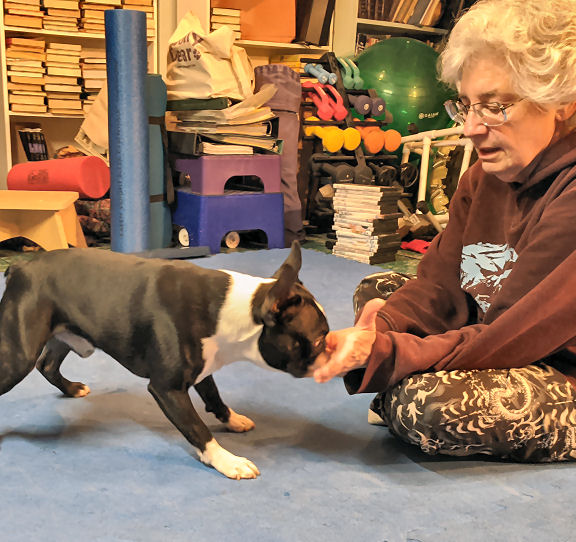There’s a streak in all of us that’s a bit rebellious. The thing you’re absolutely not supposed to do is the most appealing option. It’s true for dogs, too. Forbidden fruit is sweetest.
As an example: There’s a narrow little walkway next to the unattached garage that goes back to the alley. We’ve gated it off at the edge of the garage – there’s no reason the dogs have to line up at that back portion to watch/bark at the people walking their dogs down the alley.
It’s just a little path, no more than a couple of feet wide. There’s nothing interesting back there – just the pooper scooper and bucket, the walk, and some edging stones. Absolutely nothing to fascinate dogs.
But it’s the best thing/place/activity
Naturally, the dogs became obsessed with getting behind that gate. Our normally gate-respecting dogs got it into their heads that the citadel must be breached! So they did. Battered right through the gate to go sniffing around.
The first, and totally natural reaction, is to yell for them to get out of there, get a bit angry, grab their collars and haul them back to the “safe” zone. That would have worked – for the moment.
But it also would have emphasized the space as important – something that got them all kinds of attention. Remember – dogs don’t distinguish between “good” attention and “bad” attention. They have your focus, and that’s their favorite thing.
Still the hardest thing

Instead, we worked to make the area as uninteresting as possible. We opened the gate wide and went to the other side of the yard where we proceeded to reward any dog who decided to come with us to the “good” side. By ignoring the naughty behavior, we changed it from “attractive” to “boring.”
It still goes against natural instinct. When we see a miscreant doing something they shouldn’t, we absolutely want to call them on it. But again – that’s drawing attention to the thing. A while back we wrote about the hardest part of dog training: patience! Patience pays in all aspects of training!
It took a few tries, but that gate and area have lost the dogs’ interest and they’re on to new and different ways to push our buttons.
People love forbidden fruit, too
It’s a reminder of how similarly human and canine minds work. Back in the day, many of our friends’ parents kept their liquor cabinets locked. And our friends plotted ways to get into those cabinets and into trouble. It was a “thing.”
Our house worked a little differently. The liquor was always accessible on a shelf. It was no big deal. On the rare occasion that the adults in the house had a cocktail, we asked for a taste and were given one. For the most part, we found the taste nasty and would happily go back to our own “special” drinks. It was a rare treat to have a soda and we thoroughly enjoyed our Canfield’s 50/50 for cocktail hour.
Dogs’ minds work very much like ours. If you make something “off limits” it can become more attractive. You’ll find that bright, inquiring little mind obsessing over things they oughtn’t. A better alternative is to minimize the importance so it loses its attraction.
It’s an example of how doing nothing is so important, and so difficult. Our attitude, attention, posture, and focus all communicate to our dogs. If we focus on the “bad” stuff, our dogs will, too. Instead, communicate clearly with your dog by rewarding them with good timing and good placement. If you want your dog away from that gate – go away from that gate and reward when they come with you.



